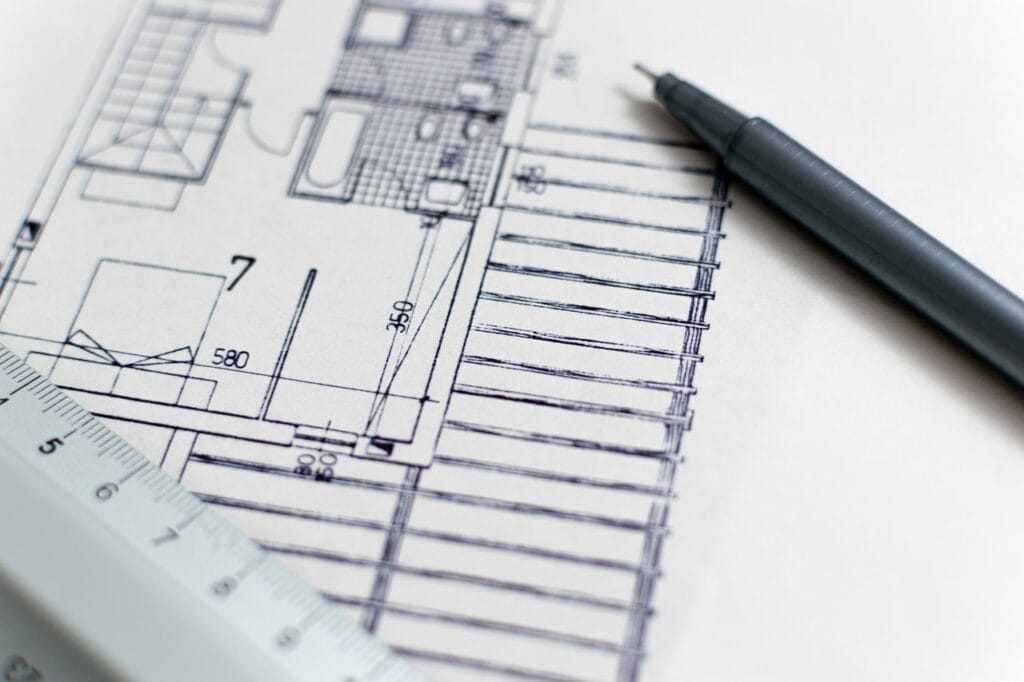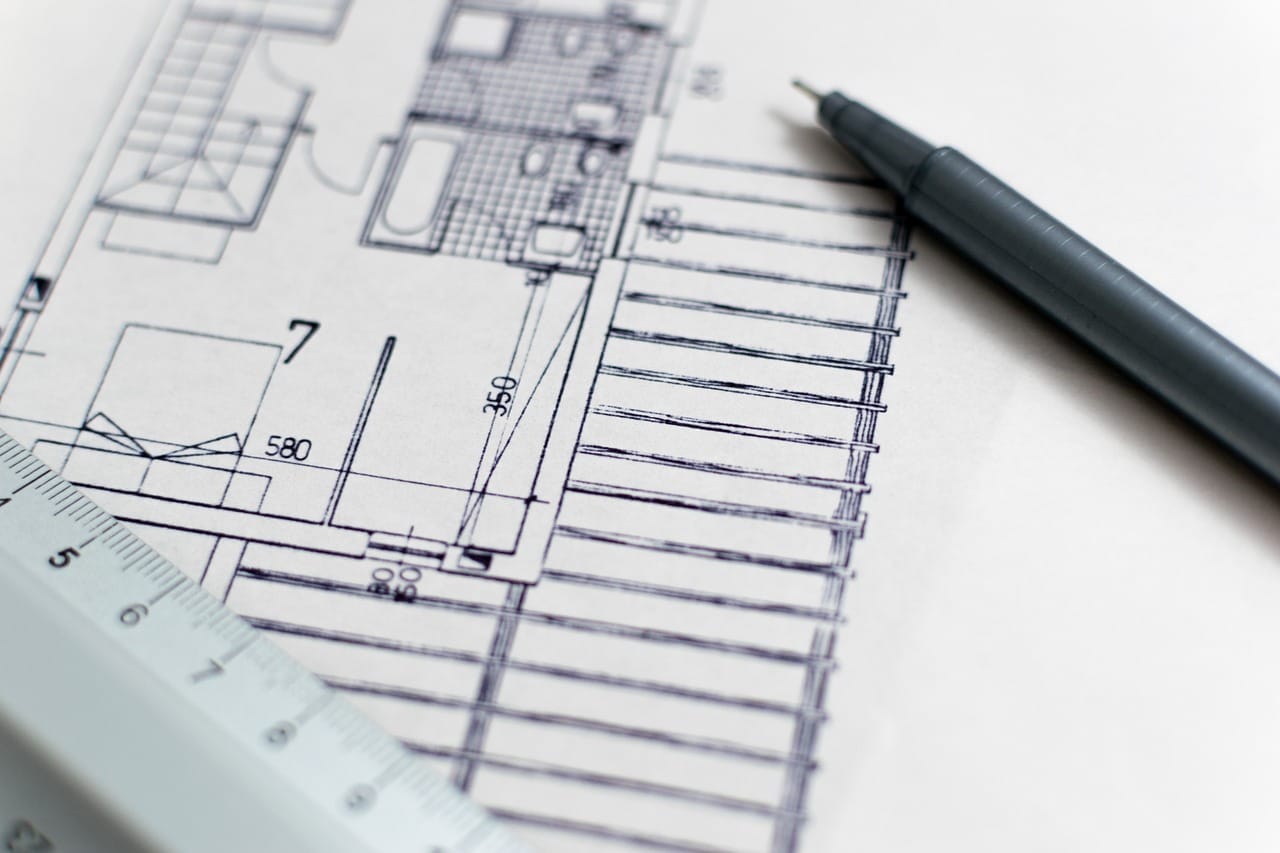Creating Spaces that Move: Exploring the Role of Floor Flexibility in Building Safety. In the realm of architectural design, safety is of paramount importance. As cities grow taller and buildings reach new heights, it becomes increasingly crucial to prioritize structural stability and the well-being of occupants. One aspect that often goes overlooked but holds immense potential is the concept of floor flexibility. By incorporating flexibility into building designs, architects can create spaces that not only adapt to dynamic forces but also enhance safety measures.
Understanding Floor Flexibility
When we speak of floor flexibility, we refer to the ability of a structure’s floor to absorb and redistribute forces acting upon it. This characteristic enables the floor to adapt to various dynamic conditions, such as vibrations caused by heavy foot traffic, seismic activity, or wind forces.
To achieve floor flexibility, architects employ various techniques during the design phase. These may include implementing lightweight materials, such as composite panels or steel frames, that offer increased flexibility compared to traditional concrete slabs.
Enhancing Structural Stability
Floor flexibility plays a pivotal role in enhancing the overall structural stability of buildings. By providing a degree of movement, flexible floors help distribute loads more evenly, reducing concentrated stress points. This redistribution of forces prevents localized weaknesses, ensuring the longevity of the structure. Moreover, flexible floors act as shock absorbers during seismic events, mitigating the destructive impact of earthquakes.
In high-rise buildings, where wind-induced vibrations pose a challenge, floor flexibility becomes even more critical. By allowing controlled lateral movement, flexible floors dampen the oscillations caused by wind forces, minimizing the risk of resonance and subsequent structural failure. This feature is particularly beneficial in areas prone to strong winds or frequent storms.
Introducing Floor Expansion Joints
In the realm of architectural design and building construction, one crucial element that goes hand in hand with floor flexibility is the floor expansion joint. Floor expansion joints like this one from Veda France, are purposeful gaps or spaces strategically placed within a floor system to accommodate the natural movement and expansion caused by temperature variations, moisture fluctuations, or structural settling. These joints act as a preventive measure to avoid undesirable consequences such as cracks or damage to the floor.
Improving Occupant Comfort
Beyond the realm of structural integrity, floor flexibility contributes to the overall comfort and well-being of building occupants. Spaces with flexible floors offer a more pleasant experience, as the subtle movements provide a sense of dynamism and adaptability. Imagine walking across a floor that gently sways under your feet, resembling the natural movement of a suspension bridge. This unique experience adds an element of intrigue and harmony with the environment, fostering a positive ambiance.
Advancing Future Designs
As technology advances and construction practices evolve, the incorporation of floor flexibility is set to become even more prevalent. The use of smart materials, such as shape-memory alloys or carbon fibre composites, holds immense promise in creating highly adaptable and responsive floors. Furthermore, advances in structural monitoring systems and real-time data analysis enable architects and engineers to fine-tune the flexibility of floors, optimizing their performance over time.
Summing Up
Floor flexibility plays a crucial role in ensuring the safety, stability, and comfort of buildings. By absorbing and redistributing dynamic forces, flexible floors minimize the risk of structural damage and failure. They also contribute to a pleasant environment by reducing noise transmission and providing adaptability. Advancements in technology and construction practices offer opportunities to further enhance floor flexibility. Embracing this concept allows us to create innovative, resilient, and sustainable spaces that prioritize the well-being of occupants.
Hope you’ve found our article, Creating Spaces that Move: Exploring the Role of Floor Flexibility in Building Safety useful.
Thank you for taking the time to read my post. If you’d like to add a comment or thought on this post, please use the comments section below. I can also be contacted via the online contact form. Keep up to date with the latest news on social media.


